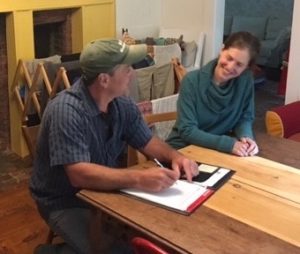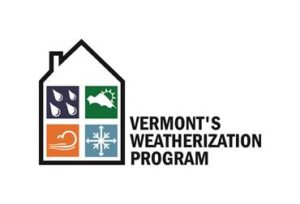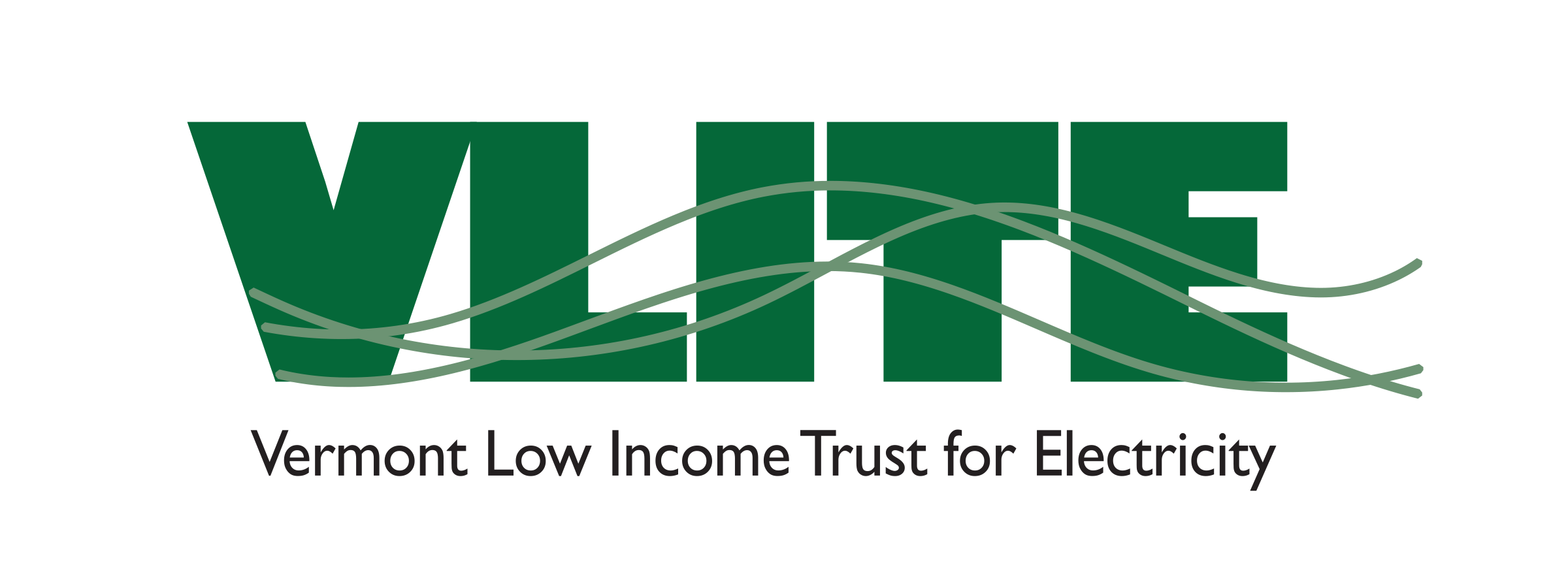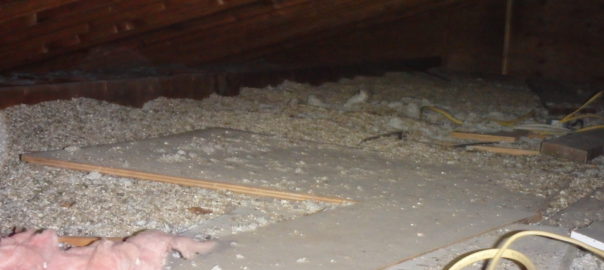 Since its creation over 40 years ago, the state’s Low-Income Weatherization Program has helped some 60,000 Vermont families keep their homes warm at lower heating cost. But several years ago, the work hit a roadblock.
Since its creation over 40 years ago, the state’s Low-Income Weatherization Program has helped some 60,000 Vermont families keep their homes warm at lower heating cost. But several years ago, the work hit a roadblock.
About one in ten homes owned by families that qualifed for the Weatherization Program had a layer of vermiculite insulation that was installed years ago in the attic, kneewalls and sometimes the exterior walls. Vermiculite itself, a mineral extracted by mining, is not dangerous — but a high percentage of this material found in homes around the U.S. is contaminated with asbestos, a known cause of cancer.
When this came to light in 2011, “we issued a statewide policy that required a home containing vermiculite to be deferred ,” said Geoff Wilcox, who coordinates the Weatherization Program at the Vermont Office of Economic Opportunity. The state simply didn’t have the funds — nor were its funds allowed to be used to pay for vermiculite removal, which could add $10,000 or more to the weatherization cost for each home.
“A lot of people were calling our office, saying ‘If I can’t get weatherization I’m going to have to sell my house! I won’t be able to afford to live here,’” Wilcox said. “Vermiculite actually provides less insulation value per inch than most other insulation types, and was installed only two to three inches deep— so these tended to be really drafty homes, very poorly insulated, and typically used a lot of fuel. Clients would call and say, ‘What am I going to do?’ They were really upset their home couldn’t be served by our program.’”
Then in 2013, a nonprofit called VLITE stepped in.
Originally named the Vermont Low-Income Trust for Electricity, VLITE works to help low-income Vermonters reduce energy costs and increase energy efficiency.
The nonprofit has made a series of grants, totaling approximately $500,000, to OEO for vermiculite removal. The money has helped the program solve this problem in nearly 100 homes owned by low-income families.
Weatherization services are free to Vermont families whose income level qualifies them for the program. A typical weatherization saves a homeowner on average 25 percent, or about $600, in annual energy costs. The weatherization work is provided by four community action agencies and an additional nonprofit, with guidance and funding from OEO, which receives state and federal weatherization funds.
The VLITE funds have been instrumental, Wilcox said, in helping the Weatherization Program identify new ways to address vermiculite in homes. In some cases, rather than removing the material, asbestos abatement crews encapsulate it — they create an air seal beneath it, then insulate on top of it, guided by weatherization crews with special training. This is less expensive and can allow the funds to go further and help more people.
Two years ago, with the VLITE funding in hand, OEO was able to secure additional money — about $4,100 per home — from the Zonolite Trust. That’s a fund set up with settlement money from the original U.S. producer of vermiculite insulation, which was branded as Zonolite.
“This is a great example of a program using our funding to leverage additional support — and to help make it possible for a lot of Vermonters stay in their homes,” said Paul Craven, executive director of VLITE.

Contact: Geoff Wilcox
802-279-7964

